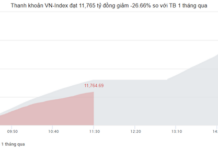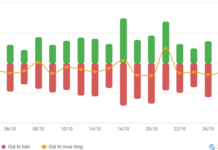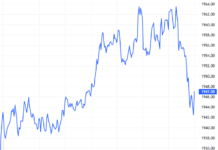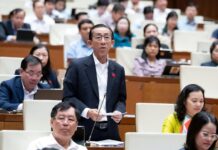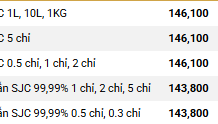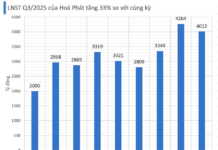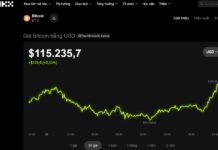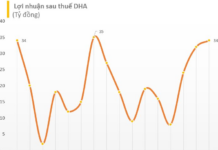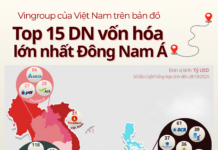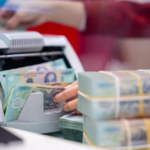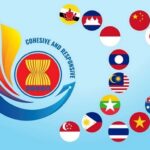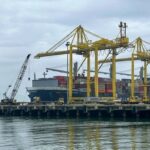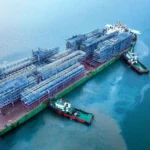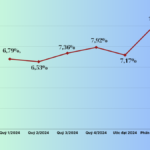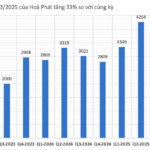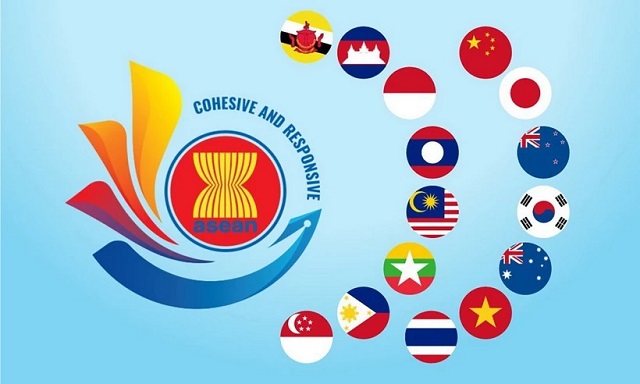
Logo of the countries participating in the Regional Comprehensive Economic Partnership (RCEP). (Photo: CGTN/VNA)
|
January 1, 2025, marks the third anniversary of the entry into force and implementation of the Regional Comprehensive Economic Partnership (RCEP) Agreement.
Experts highly appreciate the role of this agreement in regional economic growth and prosperity and call for stronger cooperation among member countries and global partners to build an open world economy.
RCEP includes 15 countries, ten of which are members of the Association of Southeast Asian Nations (ASEAN), along with China, Japan, South Korea, Australia, and New Zealand.
Coming into force on January 1, 2022, RCEP has promoted regional cooperation and shared interests.
According to Associate Professor Chaipong Pongpanich of the Sasin School of Management, Chulalongkorn University (Thailand), ASEAN countries and China have complementary industries, and the implementation of RCEP brings vast market opportunities for regional businesses.
For example, with easier access to the Chinese market for tropical fruits such as durian and mango from Thailand, Thai farmers have continuously benefited. In contrast, Chinese electric vehicle companies actively expand their market in Thailand, bringing advanced technology, boosting local employment, and supporting Thailand in forming a more comprehensive electric vehicle production chain.
According to this expert, the implementation of RCEP has made cooperation between ASEAN countries and China closer.
However, the implementation of this agreement faces some barriers, especially protectionism. On this issue, many opinions hold that protectionism and tariff barriers will reduce economic efficiency, disrupt the global trading system, and pose risks to the economy and world peace and stability.
According to Mr. Andrew Robb, Australia’s former Minister of Trade, Investment, and Tourism, protectionism has never been effective, although some argue that it will protect jobs, but in the end, it hinders growth.
Sharing the same view, Remy Davison, a senior lecturer in politics and international relations at Monash University (Australia), also said that some countries’ tariff barriers seem to bring back part of the industrial production capacity, but in fact, they will increase costs for businesses and consumers of that country, push up inflation, and ultimately slow down global economic growth.
According to Hidetoshi Tashiro, chief economist at Infinity LLC (Japan), Asia-Pacific economies should cooperate and demonstrate the success that free trade brings, thereby protecting the global trading system and building an open world economy.
Expert Tada Hiroshi, chief economist at General Partnership Japan, said that to protect the global trading system and build an open and inclusive world economy, Asia-Pacific economies should work together by promoting the prosperity of free trade in the region and showing the world the success of open development.
Meanwhile, Mr. Lawrence Loh, Director of the Center for Governance and Sustainability (National University of Singapore), noted that tariff barriers negatively affect global value and supply chains.
Regarding development trends, a series of studies show that RCEP’s policy benefits in promoting trade and investment development, enhancing business benefits, and boosting economic growth still have much potential.
The Asian Development Bank (ADB) study shows that by 2030, RCEP is expected to increase the income of member economies by 0.6%, bringing an additional $245 billion/year to the region’s economic income and creating 2.8 million jobs.
Most researchers also believe that in the context of global economic challenges and multilateralism, the signing and implementation of RCEP not only brings enormous economic benefits to member countries but also strengthens the international community’s confidence in multilateralism.
The steadfast support for openness and free trade will help advanced economies through the unimpeded flow of goods and services.
Quang Hung – Ha Ngoc
– 17:36 01/01/2025
The 2024 Total Budget Revenue Surpasses the Estimate by 17.4%
The year 2024 witnessed the relentless endeavors of the Ministry of Finance in executing the nation’s financial-budgetary tasks. With agile and assertive fiscal policies, budgetary revenue and expenditure achieved remarkable outcomes, significantly contributing to macroeconomic stability, inflation control, and social welfare assurance.
3 Years of RCEP: Asserting the Role in an Open Economy
The RCEP encompasses 15 nations, including the 10 member states of the Association of Southeast Asian Nations (ASEAN), as well as China, Japan, South Korea, Australia, and New Zealand. This mega-regional trade agreement aims to enhance economic integration and facilitate trade and investment within the region. With a diverse range of economies and a vast market, the RCEP holds significant potential for businesses and consumers alike.
The New Economic Boom: Projected Growth of 7.17% for HCMC in 2024, Shining Brightly with Numerous Highlights.
Despite facing numerous challenges in 2024, Ho Chi Minh City’s GRDP growth remained positive, estimated at 7.17% compared to the previous year, along with several notable bright spots. In 2025, the city will focus on key tasks, striving for growth of over 10%…



